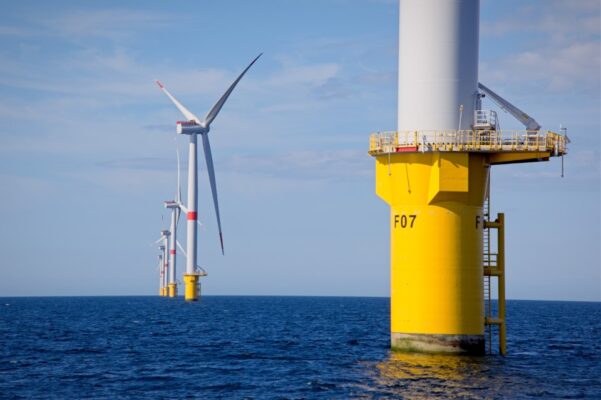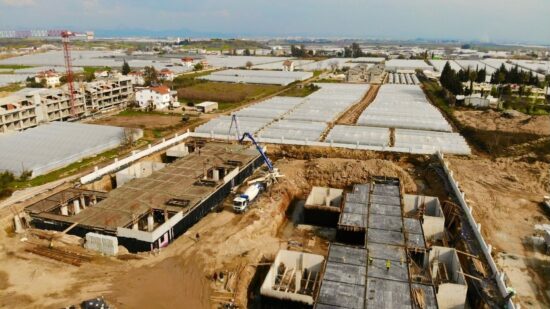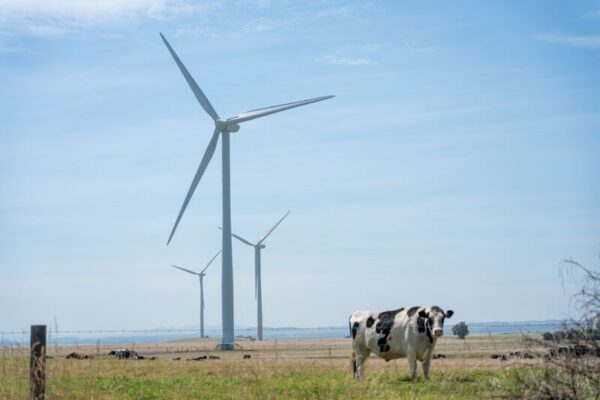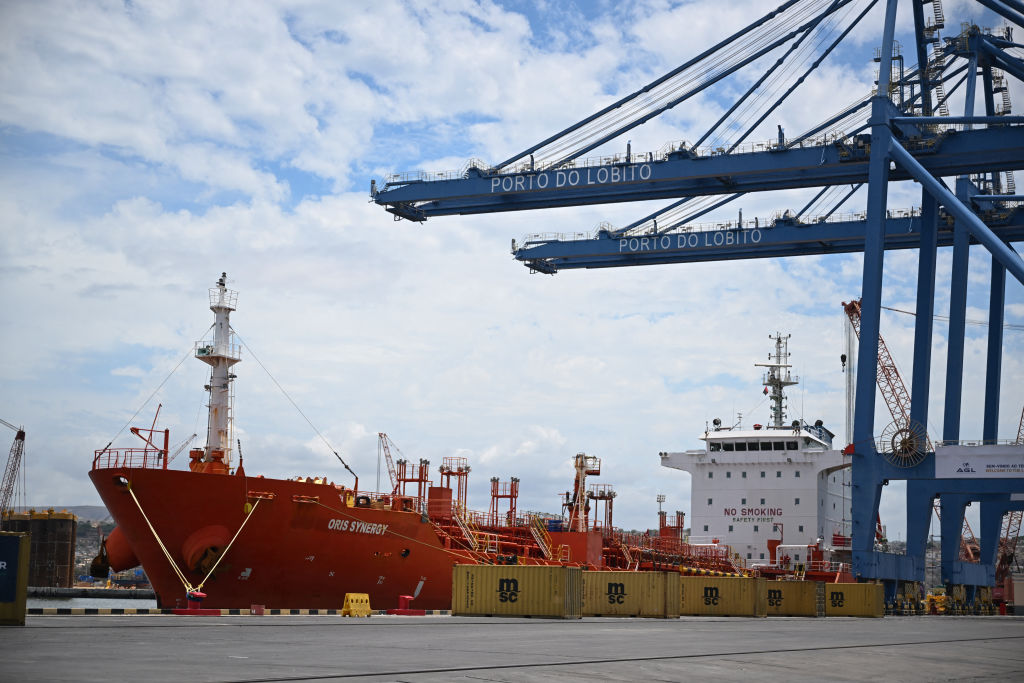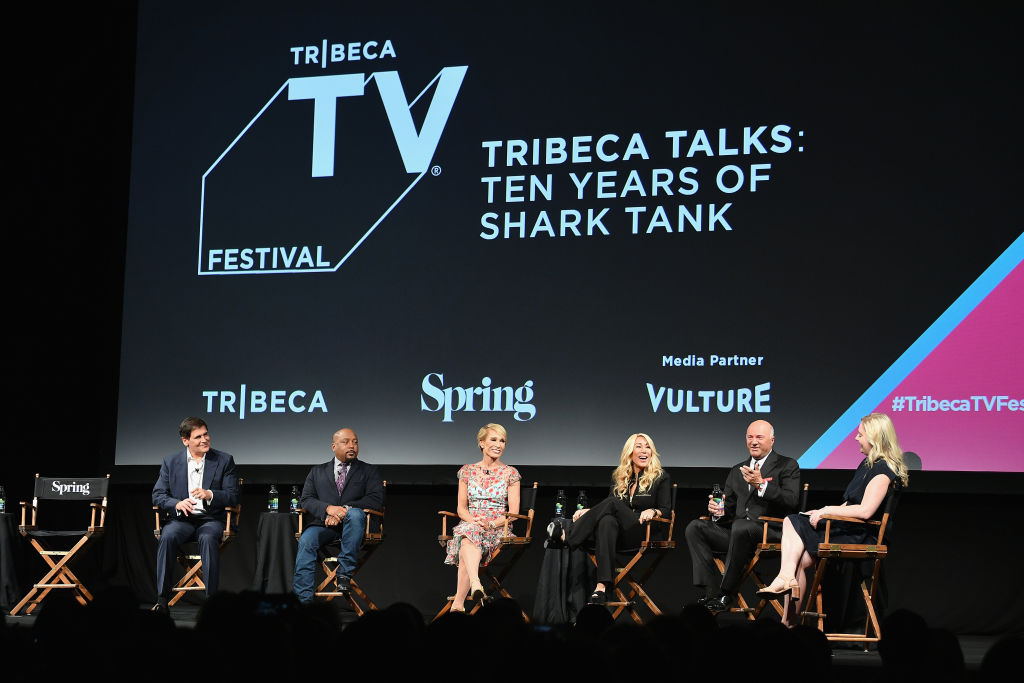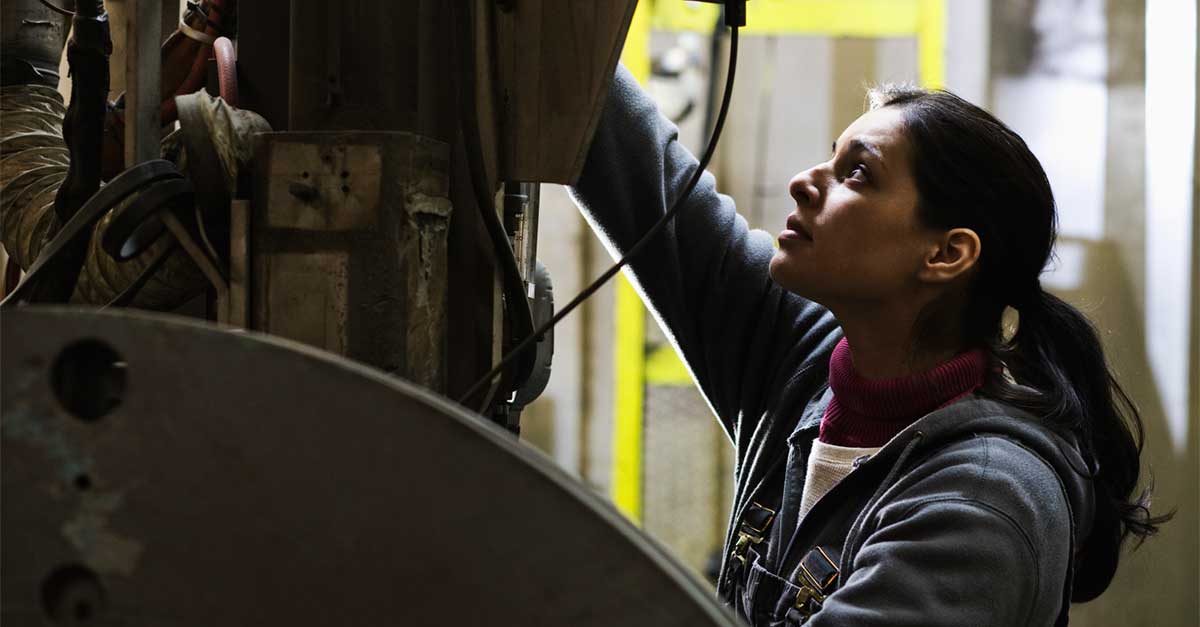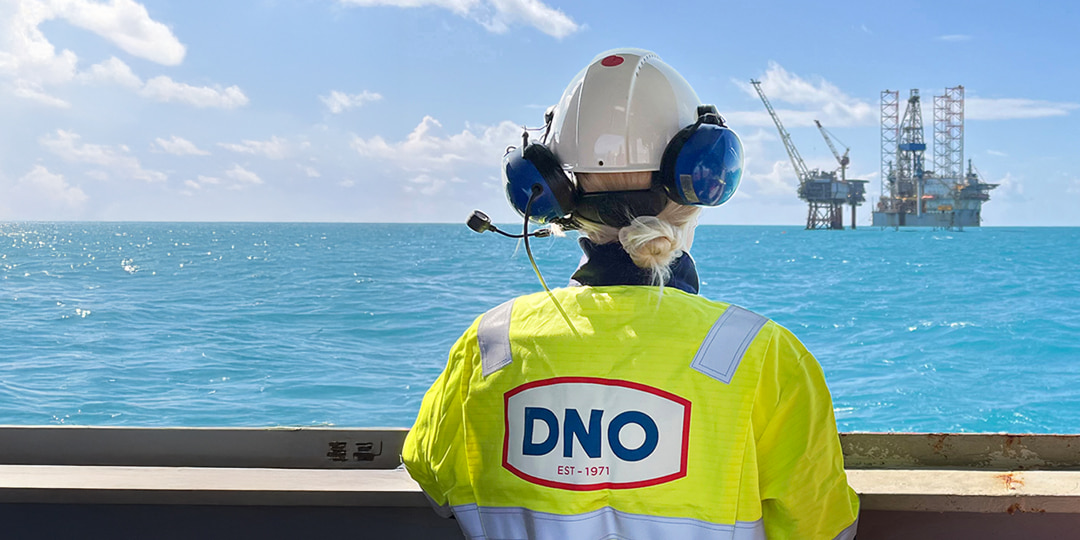Data Transferability in Tidal Energy: A Framework Worth Testing
Insights by Project Manager, Jay Sheppard. Environmental data has never been more abundant in the tidal energy sector. From underwater sonar and video monitoring to tagged seals and marine mammal observers, we have a growing wealth of insight into how marine life interacts with tidal technologies. But for all that data, consenting new projects is […] The post Data Transferability in Tidal Energy: A Framework Worth Testing appeared first on Marine Energy Wales.


Insights by Project Manager, Jay Sheppard.
Environmental data has never been more abundant in the tidal energy sector. From underwater sonar and video monitoring to tagged seals and marine mammal observers, we have a growing wealth of insight into how marine life interacts with tidal technologies. But for all that data, consenting new projects is still widely perceived to be slow, expensive, and uncertain.
Earlier this year, The Crown Estate published a detailed report on collision risk evidence for tidal stream devices. It laid out the state of current knowledge and identified key ways the sector can move forward by standardising methods, sharing data more openly, and focusing on transferability.
Now, in a follow-up publication, they’ve taken a deeper dive into that last point: when and how marine mammal data from one site can be used to inform consenting at another. The report, Evaluating the Transferability of Marine Mammal Data Between Tidal Stream Energy Developments (2025), is timely and welcome.
It presents a structured framework that gives developers, regulators, and advisors a practical way to assess whether existing data, particularly related to collision risk, can be reused. That should, in theory, accelerate environmental assessment, reduce costs, and help get new projects into the water faster.
But here’s the challenge. The framework exists. The potential is clear. Yet we are still waiting for it to be used.
This new framework is not abstract theory. It is built around practical, well-understood parameters: how similar two sites are in terms of species, population structure, environmental conditions, turbine characteristics, and monitoring methods.
It encourages developers to think critically about comparability, and it allows regulators to exercise informed judgement about when new data is truly needed, and when it is not. It supports more strategic use of resources and a more proportionate approach to risk.
But it has not yet been applied in a live consenting case. No pilot project has stepped forward to walk through the framework and test its value in practice.
And this is where we hit a deeper structural issue.
At the moment, there are no new tidal stream sites in Wales actively progressing through consenting. That is not a coincidence. It reflects the commercial uncertainty still hanging over the sector, and the very real risk that developers face when trying to bring a new project forward. Consenting is part of that risk. A slow or unpredictable process can make otherwise viable sites economically unattractive.
This is why frameworks like this matter. But it is also why they must be tested, not just developed.
The post Data Transferability in Tidal Energy: A Framework Worth Testing appeared first on Marine Energy Wales.
What's Your Reaction?












